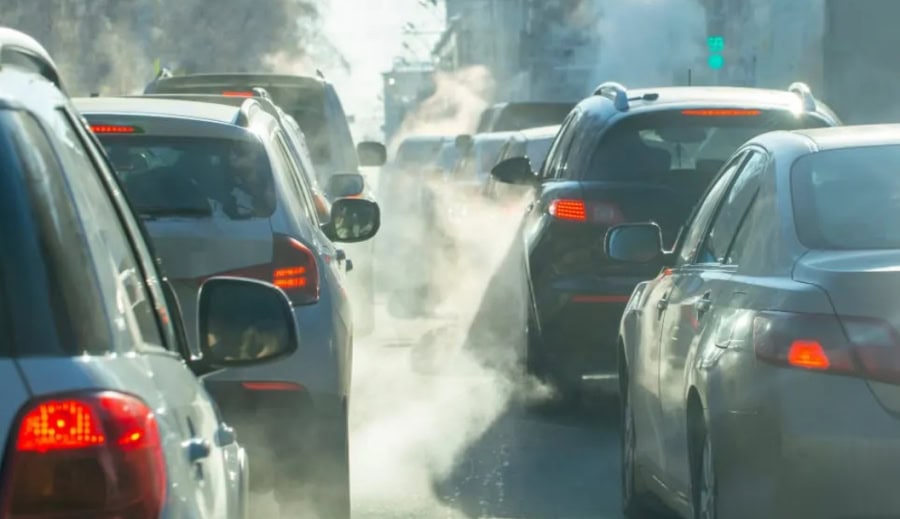ISLAMABAD – Macroeconomic crisis and energy inflation have caused drop of emissions to the lowest levels in all major cities in Pakistan since 2020.
Latest analysis from the Centre for Research on Energy and Clean Air (CREA) finds that nitrogen dioxide (NO2) emissions, which are linked to petroleum, coal, and gas combustion, have fallen in all major Pakistani cities to the lowest levels since 2020.
Previously, during the Covid-19 pandemic, the government imposed lockdowns and restrictions which had lowered energy use and therefore emissions.
This year, however, the large reductions have been caused by high energy inflation and economic slowdown in the country.
Falling foreign exchange reserves also forced the government to restrict payments to certain thermal power plants, resulting in abrupt closures or restrictions.
Based on data from the Oil Companies Advisory Council (OCAC), petrol and diesel sales in Karachi during January to August dropped by 24% year-on-year (YoY), from 1,042,970 tons in 2022 to 841,221 tons in 2023.
During this period, nitrogen dioxide (NO2) emissions dropped in the city by 20%.
Similar reductions have been observed in Lahore, Islamabad, and Peshawar.
In the full 9-month (January-September) analysis, NO2 levels in Karachi were down by 18%, in Lahore by 20%, in Islamabad by 14%, and in Peshawar by 5% (having already fallen by 8% in the previous year).
As the economy remains under pressure, and energy inflation continues to affect fuel demand, it is expected that annual average air pollution levels will be lower compared to the previous two years.
Notwithstanding meteorological variations, the ‘winter smog’ will also be of relatively less intensity in cities like Lahore and Peshawar.
The analysis concludes that economic activities in the country are very closely tied with fossil fuel use, and this dependency should be lessened to reduce pollution as well as energy inflation.
Dawar Butt, Energy and Air Quality Researcher at the CREA said, “We have seen the high electricity and fuel prices which are predominantly derived by high prices of imported fossil fuels, this is a grim reminder to us that the high fossil fuel pathway to economic development is a very high risk option when it comes to energy security and economic development. At the same time, high fossil fuel consumption leads to huge human health impacts locally, making Pakistan one of the most polluted countries globally.”
Sunil Dahiya, South Asia Analyst at the CREA added, “Moving to aggressive renewable energy deployments for meeting the future demand in electricity and ensuring a robust EV powered public transportation system along with strengthening the non-motorised-transport infrastructure can help reduce import dependence, enhance energy security, reduce economic drain-out and help the public breathe clean air across Pakistan.”










